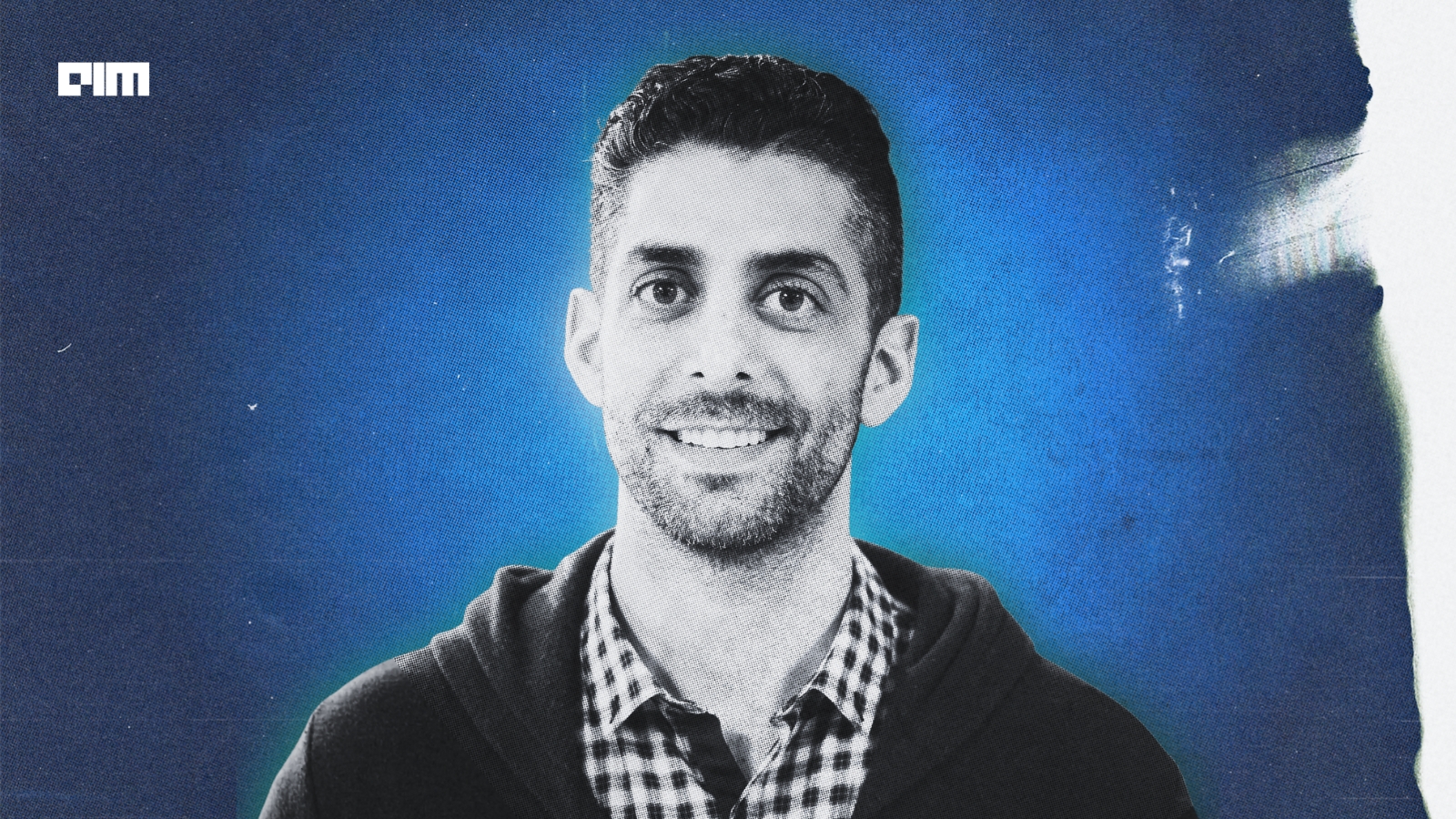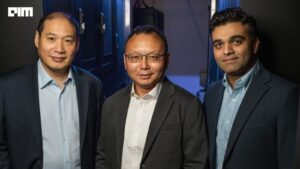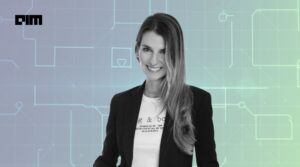The rush toward AI-first communications has pushed companies to layer voice agents on top of large language models.
Many of these tools look similar, offer comparable features and rely on the same model access. For Whippy, a Culver City-based communications platform founded in 2021, survivability depends on structure rather than novelty. “If you’re just wrapping a basic UI on top of an LLM, I think that becomes a commoditized good,” said David Daneshgar, the company’s co-founder and CEO, to AIM Media House
Whippy operates in a market expected to expand from roughly US $2.4 billion in 2024 to US $47.5 billion by 2034, driven by growth in automated voice interactions.
The company reached profitability in its first year by selling annual contracts for workflow automation, messaging, and voice AI. Its earliest customers came from staffing firms and healthcare providers, including pharmacies, sectors known for heavy communication loads.
The customer-funded origin
Daneshgar’s previous startup raised more than US $20 million from venture firms. Whippy was built in the aftermath of that experience.
“We made customers sign the contract before we built anything,” Daneshgar said. The decision removed investor pressure from the earliest product decisions. There were no board expectations, no push to over-hire, and no pressure to show artificial momentum. The constraint was simpler: build only what generated revenue.
Some of those initial conversations did not resemble typical SaaS sales meetings. “We weren’t convincing them. They were convincing us,” he said. When customers asked for specific workflows (conditional SMS sequences, automated follow-ups, link-tracking triggers) Whippy evaluated whether the requests could scale across its base. If they fit, they shipped the work. If they did not, they refused. “If someone came to us asking for something outside the ecosystem, we didn’t do it.”
There were moments when engineering timelines forced risks. Daneshgar described early scenarios where Whippy had to assure clients that features were in development. “Sometimes you have to fake it till you make it,” he said, but those assurances were tied to internal engineering assessments. If the team believed a feature could be built within a month, they committed. If not, they passed.
Customer pressure became the company’s operating principle. “Money talks… the customer yelling at you is real pressure,” Daneshgar said. He contrasted that with investor oversight: “VC pressure is different: it’s making sure the person that funds the company is happy. That’s not day-to-day product pressure.” The model established a discipline that carried through Whippy’s expansion into voice AI.
A consolidated communications stack
Whippy’s platform consists of three products: a messaging and automation system, an AI-powered VoIP dialer, and a business phone system. Each supports SMS, email, voice and WhatsApp across more than 50 languages. Every product can operate in what Daneshgar calls “manual, automated, or AI modes.” Manual workflows support basic outreach. Automated workflows trigger messages and calls based on CRM events. AI modes enable live conversations and agentic actions.
The firm uses its own tools. “If you’re not a high-qualified lead, the AI calls you to qualify you,” Daneshgar said, referring to Whippy’s sales agent. The product handles initial screening before routing complex cases to human staff.
The third product, the business phone system, emerged from repeated customer requests. Companies wanted transfers from AI agents to live teams, recorded transcripts, searchable call histories and AI-powered suggestions. Existing systems lacked the depth. “This wasn’t happening in RingCentral,” he said. Building the phone system let Whippy pull calls, transcripts, emails, SMS threads and qualification data into one environment.
That consolidation is central to the company’s defensibility. Switching from Whippy requires replacing multiple tools rather than one. A business moving away from Whippy would need a dialer, a messaging system, a phone system, an AI voice agent provider, a CRM integration layer and workflow automation. “People don’t come to us because we have an AI receptionist,” Daneshgar said. “They come to us because we have four or five different things in one.”
The strategy aligns with broader market data. Omnichannel voice-AI deployments report 25-45% reductions in operational costs and up to 62% increases in acquisition rates, often reaching ROI within 60-90 days. Whippy’s platform is structured to capture those gains through a single system rather than scattered tools.
A bet on ecosystem, not model access
As more startups enter the voice-AI market, many rely on outbound calling to show scale. Whippy avoids that approach. Most of its use-cases are inbound or opt-in, such as job-applicant screenings, appointment confirmations and service requests. “Our use cases are ones where people want to talk to the AI,” Daneshgar said. Calls are announced as recorded, and double opt-ins are standard for compliance.
The distinction shapes Whippy’s technical posture. Competitors that focus on outbound automation face heavier regulatory risk and churn. Whippy’s inbound workflows tie directly into business demand rather than outreach volume. The model reinforces the company’s ecosystem thesis: the defensibility lies in the system around the agent, not agent quality alone.
Daneshgar’s final warning reflects the company’s pragmatic stance. “People in AI are getting too far ahead of the curve… take AI out of it and understand the manual workflow first,” he said. In his view, many founders skip the operational research necessary to sustain long-term revenue. Whippy’s method reverses that order: understand the work first, automate second, and expand only when customers fund the next step.
As voice-AI adoption expands, the company is betting that consolidation: not any single AI feature, will determine which firms remain standing over the next decade.











